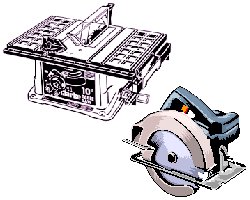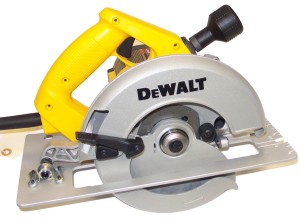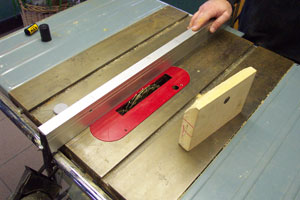Approximately 125,000 serious injuries occur in the US each year related to the use of portable and fixed power saws. Lacerations and similar injuries, such as abrasions and avulsions, account for over 90% of these, which generally occur to males and result in losses in the tens of millions of dollars annually. Although hand and finger blade contact is involved in most of these accidents, a significant number involve kickback of the work-piece for fixed saws or kickback of the tool for hand held units. In many of these cases, a blade-guard or anti-kickback device was either not in place or failed to operate properly.
An invention, known as Saw Stop, is able to detect when a hand contacts a spinning table saw blade, and to stop the blade in time to stop an injury; however, this or similar technology has not been adopted by most table saw manufacturers. The CPSC has issued an ANPR (Advance Notice of Proposed Rulemaking) to consider requiring such a technology on all table saws.
Our engineers have been assisting attorneys and insurance representatives in investigating accidents since 1990. We have a highly qualified staff of engineers with advanced degrees from top-tier universities who have provided testimony on behalf of both plaintiffs and defendants at trial


